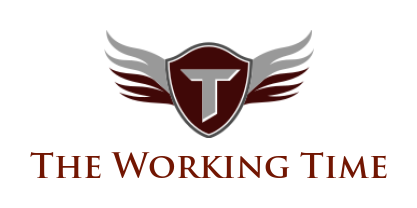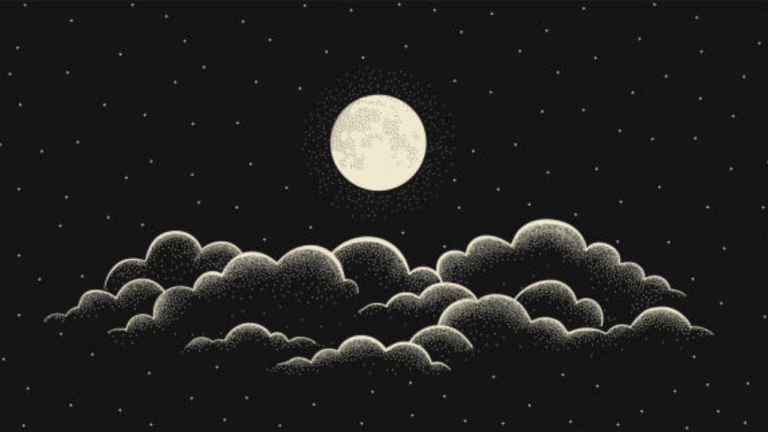Let’s be honest—the moon is magical. It’s mysterious, romantic, and ancient. No wonder artists throughout history have been obsessed with capturing it on paper. Whether you’re a complete beginner or a seasoned sketcher, moon drawing can be both relaxing and powerful.
This guide will walk you through tools, techniques, and creative ideas to help you bring the moon to life with your own hands.
Why the Moon Is an Artist’s Favorite Muse
The moon is a symbol of mystery, emotion, and the natural rhythm of life. It changes phases, casts shadows, and lights up the night. It’s not just a rock in the sky—it’s an emotional moon drawing that invites artists to explore texture, shape, and contrast.
Tools You’ll Need for Moon Drawing
Before you start sketching moon magic, let’s talk supplies.
Basic Drawing Supplies
-
Sketchbook or drawing paper
-
Graphite pencils (HB, 2B, 4B, 6B are great)
-
Eraser (kneaded or precision eraser works best)
-
Blending stump or Q-tip for shading
Optional Extras for Texture and Depth
-
White gel pen or pastel for highlights
-
Charcoal pencils for rich shadows
-
Compass for drawing perfect circles
Understanding the Moon’s Anatomy
To draw the moon realistically, you’ll need to understand what you’re looking at.
Phases of the Moon
From crescent to full moon and back, each phase offers a different mood and composition. Want something dreamy? Try a waxing crescent. Craving drama? Go full moon drawing with shadows.
Surface Details: Craters and Shadows
The moon’s surface is full of impact craters, dark maria (the “seas”), and varying shades of gray. These textures give the moon its character.
Step-by-Step: How to Draw the Moon
Ready to draw? Let’s go step by step.
Sketching the Outline
Use a light pencil or compass to draw a perfect circle. This is your moon’s base.
Adding Craters and Surface Marks
Add irregular spots inside the circle—big and small. Focus on asymmetry. Lightly shade the maria and leave some areas brighter.
Shading for Realism
Use the side of a pencil for soft shadows. Press harder in some areas to show the uneven surface. Blend with a stump or tissue to smooth things out. The trick? Less is more. Use highlights and shadows to create depth.
Easy Moon Drawing Ideas for Beginners
If you’re new to this, try these beginner-friendly ideas.
Crescent Moon with Stars
Draw a thin curved moon and sprinkle in some tiny stars around it. Keep it whimsical and simple.
Full Moon with Clouds
Use soft, wavy lines to add moon drawing drifting across a glowing moon. Great for practicing shading!
Cartoon Moon with Face
Give your moon a sleepy or smiling face. Perfect for greeting cards, kids’ rooms, or just for fun.
Moon Drawing Techniques for Intermediate Artists
Feeling more confident? Let’s level up.
Textured Shading with Pencil
Use stippling (dots) and cross-hatching for realistic crater texture. Shade in layers to avoid over-darkening.
Using Ink or Charcoal for Drama
Charcoal adds intensity and contrast. Ink gives clean, bold lines. Combine both for a magical vibe.
Creative Moon Drawing Concepts
Want to step outside the realistic moon box?
Fantasy Moons: Add Trees, Wolves, or Fairies
Combine your moon with elements of fantasy—howling wolves, floating lanterns, or silhouettes of fairies on branches.
Mandala Moon Designs
Fill your moon shape with intricate mandala patterns. Great for meditative drawing sessions.
Moon Phases Sequence
Draw all eight phases side by side. It makes a beautiful timeline and teaches you moon anatomy naturally.
Moon Drawing for Kids
Kids love moons! Keep it fun and simple—big circles, smiling faces, and bright stars. Let them use crayons or markers to color it in.
Moon Drawing for Tattoos
Moon tattoos are full of meaning—femininity, mystery, change. Whether it’s a tiny crescent on the wrist or a full back piece with wolves and trees, sketch your design first to test the look.
Common Mistakes and How to Fix Them
-
Too perfect: Real moons are full of imperfections. Avoid a flawless look.
-
Flat shading: Layer your shadows gradually for depth.
-
No texture: Add craters, dots, and smudges to give the moon life.
Moon Drawing Inspiration Sources
-
NASA photos (check out their free image archive!)
-
Night sky observations
-
Lunar calendars and almanacs
-
Fantasy book covers and concept art
Final Thoughts: Drawing Down the Moon
Drawing the moon drawing is like catching a little piece of the cosmos on paper. It’s calming, it’s creative, and it never gets old. Whether you’re sketching a realistic moon or a dreamy fantasy version, remember: it doesn’t have to be perfect. The beauty is in the process.
So grab a pencil, look up at the sky, and start sketching your own lunar masterpiece.
FAQs
1. Is it hard to draw the moon realistically?
Not at all! Start with a basic circle and gradually add texture and shading. With practice, it gets easier and more fun.
2. What’s the best pencil for shading a moon drawing?
Try a 4B or 6B pencil for dark shadows and an HB for lighter areas.
3. Can I use colored pencils for moon art?
Absolutely! Try soft grays, blues, and purples for a night-sky vibe.
4. Where can I find reference images?
NASA, Pixabay, or Unsplash have great free moon photos to use as drawing references.
5. Can moon drawings be spiritual or symbolic?
Definitely. The moon often represents emotion, intuition, and transformation. Feel free to add personal meaning to your art.

